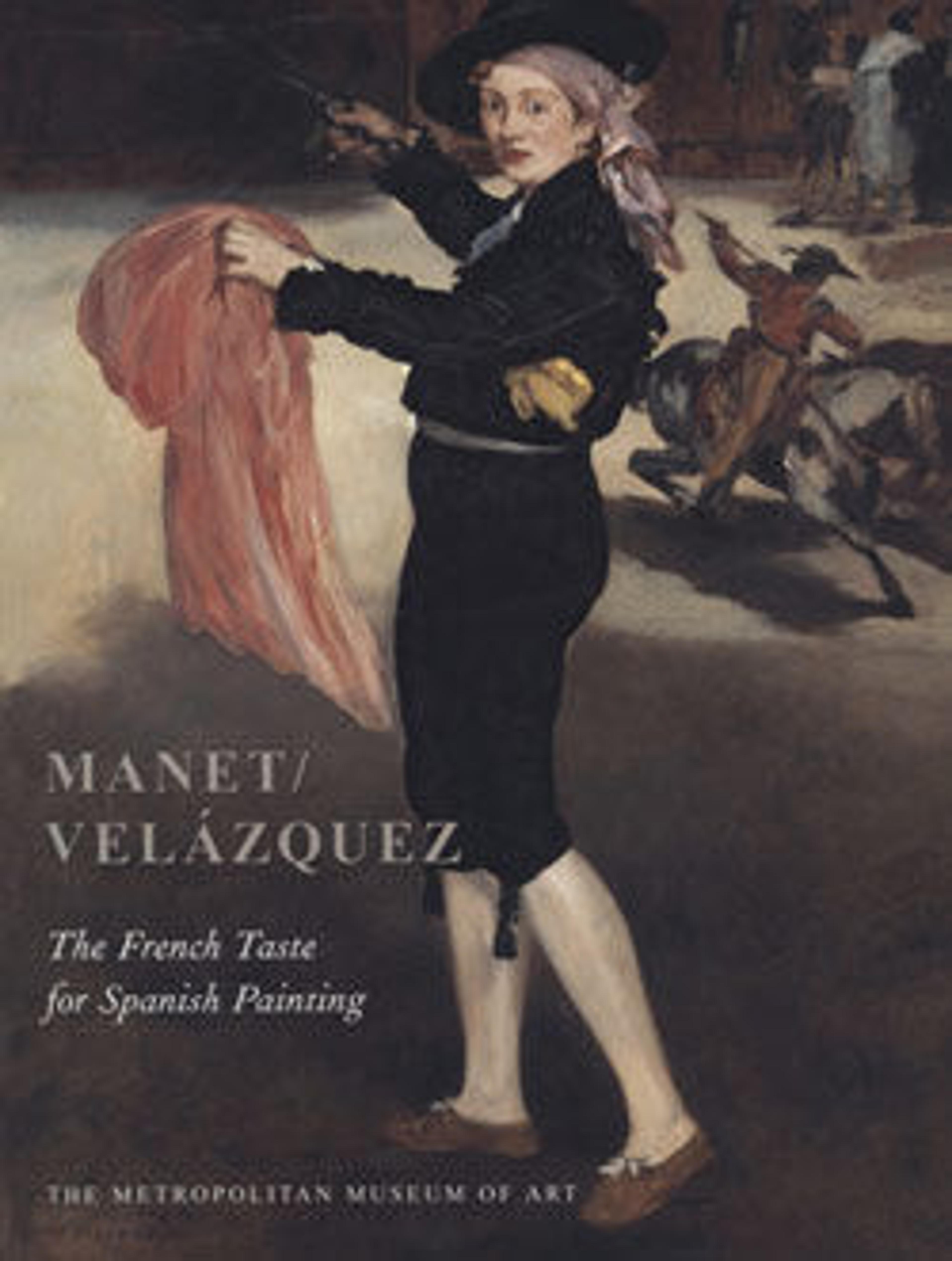Ferdinand VII (1784–1833), When Prince of Asturias
This was Goya’s full-scale preparatory oil sketch for a large group portrait of King Charles IV and the Spanish royal family (Museo del Prado, Madrid). Like other surviving studies for that work, Goya focused attention on the head while the bust and costume were left loosely painted without detail. At a later date, another artist gave it a finished appearance and added the oval surround. The young Prince of Asturias wears the Spanish Habsburg Order of the Golden Fleece, the French Bourbon Order of the Holy Spirit, and the sash of the Spanish Order of Charles III.
Artwork Details
- Title: Ferdinand VII (1784–1833), When Prince of Asturias
- Artist: Goya (Spanish, Fuendetodos 1746–1828 Bordeaux) and Workshop
- Medium: Oil on canvas
- Dimensions: 32 3/4 x 26 1/4 in. (83.2 x 66.7 cm)
- Classification: Paintings
- Credit Line: Gift of René Fribourg, 1951
- Object Number: 51.70
- Curatorial Department: European Paintings
More Artwork
Research Resources
The Met provides unparalleled resources for research and welcomes an international community of students and scholars. The Met's Open Access API is where creators and researchers can connect to the The Met collection. Open Access data and public domain images are available for unrestricted commercial and noncommercial use without permission or fee.
To request images under copyright and other restrictions, please use this Image Request form.
Feedback
We continue to research and examine historical and cultural context for objects in The Met collection. If you have comments or questions about this object record, please contact us using the form below. The Museum looks forward to receiving your comments.
